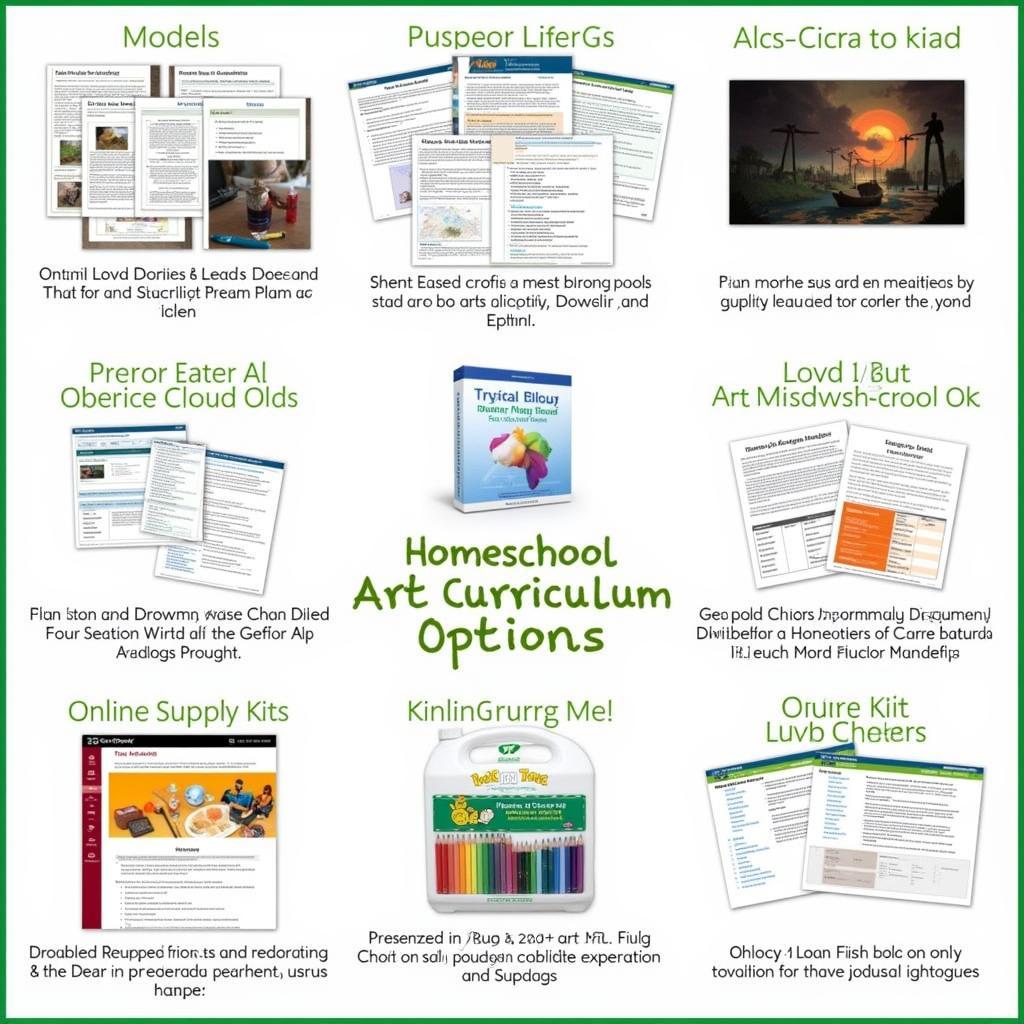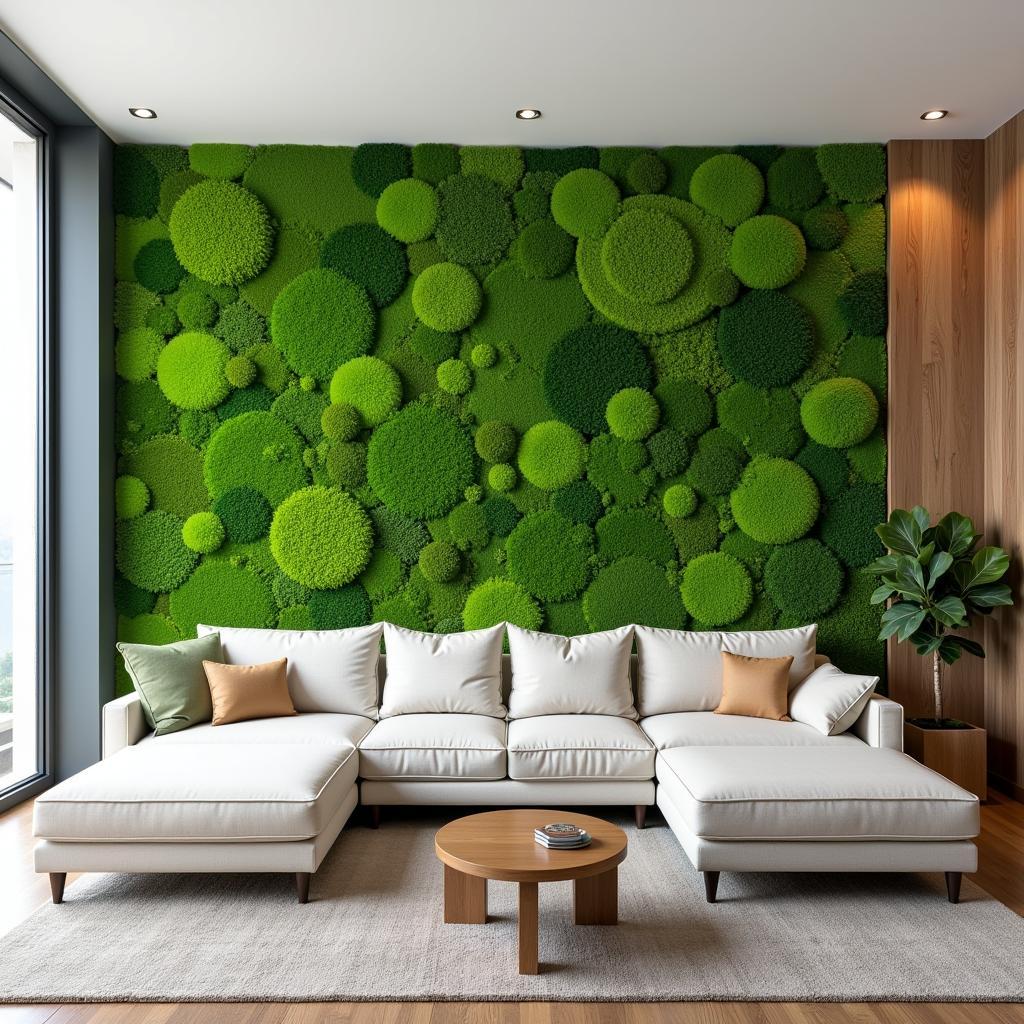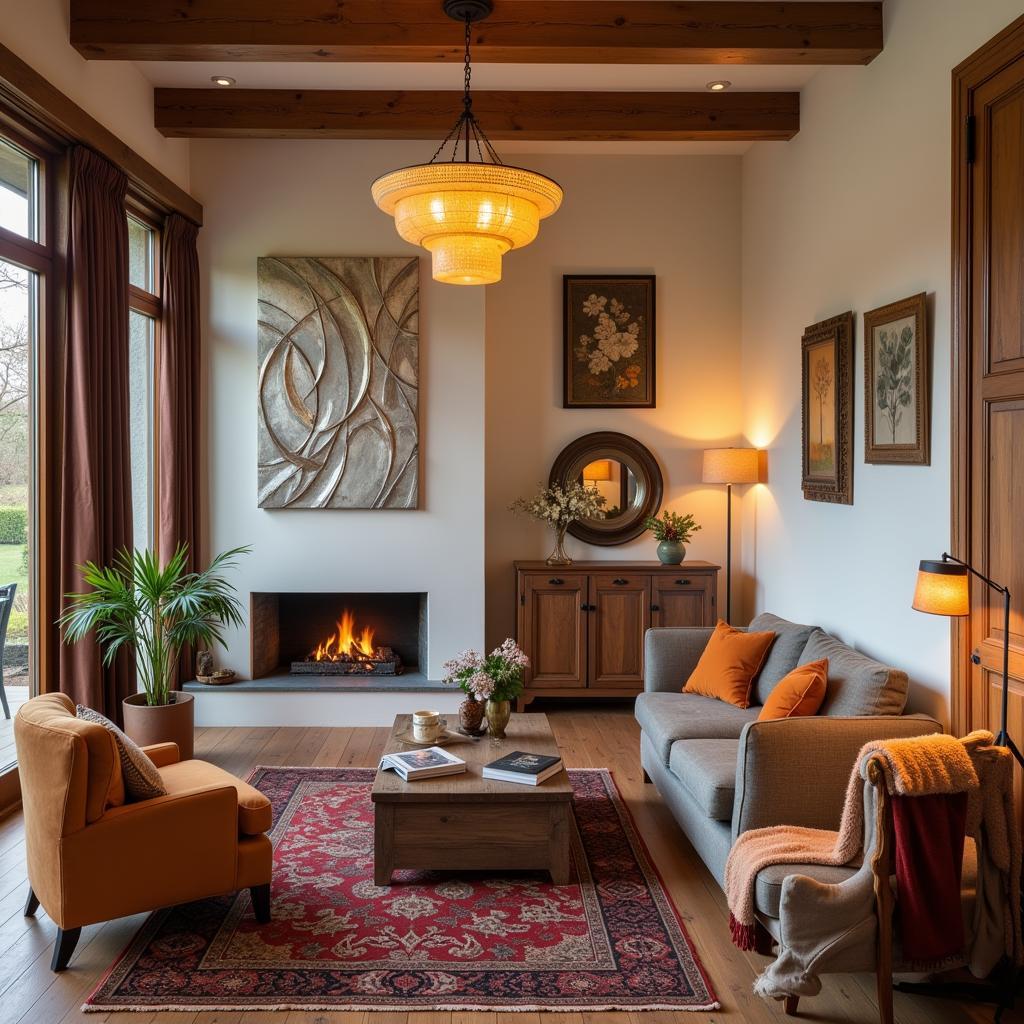Unleashing Creativity: Discovering the Best Homeschool Art Curriculum
Finding the Best Homeschool Art Curriculum can feel overwhelming with so many options available. This guide dives deep into creating an inspiring and engaging art experience for your homeschooled child, exploring various approaches and resources to help you discover the perfect fit. We’ll unravel the world of homeschool art education, from fostering creativity to building essential skills, ensuring a vibrant and fulfilling learning journey.
What Makes a Homeschool Art Curriculum “Best”?
The “best” homeschool art curriculum isn’t a one-size-fits-all solution. It’s the one that aligns with your child’s interests, learning style, and your family’s educational philosophy. Some children thrive with structured lessons, while others flourish with a more open-ended, exploratory approach. Consider your child’s age, artistic experience, and your available resources when making your decision. Are you looking for a middle school language arts curriculum as well? Finding resources that integrate across subjects can be a great way to enhance learning.
Key Factors to Consider When Choosing a Curriculum
- Flexibility: Does the curriculum allow for adjustments based on your child’s pace and interests?
- Engaging Content: Is the material presented in a way that captures your child’s attention and sparks their imagination?
- Skill Development: Does the curriculum offer a balanced approach between fostering creativity and teaching fundamental art techniques?
- Variety of Media: Does it expose your child to diverse art forms, such as drawing, painting, sculpture, and digital art?
- Cost and Accessibility: Is the curriculum affordable and accessible with the resources you have available?
 Homeschool Art Curriculum Options: Exploring different art curriculum styles for diverse learning needs.
Homeschool Art Curriculum Options: Exploring different art curriculum styles for diverse learning needs.
Exploring Different Homeschool Art Curriculum Approaches
There are several approaches to teaching art at home, each with its own advantages. Let’s delve into some of the most popular options:
Project-Based Learning
This hands-on approach encourages children to explore art through creative projects. It fosters problem-solving skills and allows for self-directed learning. For example, a project might involve creating a sculpture using recycled materials, prompting children to think creatively and resourcefully.
Online Art Courses
Online platforms provide access to a wealth of art lessons and tutorials, often led by experienced art educators. This can be a great option for students who enjoy learning independently or for supplementing a more traditional curriculum. Many resources offer flexible scheduling and personalized feedback.
Art Appreciation Curriculum
Focusing on art history and analysis, this approach cultivates a deeper understanding of art’s cultural and historical significance. Studying famous artists and their masterpieces can inspire young artists and broaden their artistic horizons. Maybe your child is interested in finding a good darien arts council. Local art councils can be valuable resources as well.
Creating Your Own Curriculum
This approach offers maximum flexibility, allowing you to tailor the lessons to your child’s specific interests and learning style. You can incorporate elements from various resources, including books, online tutorials, and museum visits, to create a truly personalized art education.
Integrating Art with Other Subjects
Art doesn’t have to be a stand-alone subject. Integrating it with other subjects can enrich learning and create meaningful connections. For instance, studying the art of a particular historical period can enhance history lessons, while exploring scientific concepts through artistic expression can make science more engaging. You might even consider integrating it with your best homeschool language arts curriculum.
Building a Creative Learning Environment
Creating a dedicated art space at home, even if it’s just a corner of a room, can encourage regular artistic practice. Stock it with essential art supplies and display your child’s artwork to foster a sense of pride and accomplishment. Are you looking for a good online language arts curriculum homeschool? Combining language arts and art can be very effective.
Conclusion
Choosing the best homeschool art curriculum involves careful consideration of your child’s unique needs and learning style. By exploring different approaches and creating a supportive learning environment, you can empower your child to develop their artistic talents and foster a lifelong love of art. Remember, the most important thing is to make art education an enjoyable and enriching experience. Don’t forget to explore the benefits of a language arts tutor to complement your art curriculum!
FAQs
- What age should I start art lessons with my child?
- How much time should be dedicated to art each week?
- What are some essential art supplies for homeschooling?
- How do I assess my child’s progress in art?
- What are some resources for finding free or low-cost art lessons?
- How can I integrate art with other subjects?
- What are some tips for creating a creative learning environment?
Need further assistance? Contact us at Phone Number: 02462573573, Email: [email protected], or visit our address: Savico Megamall, 7-9 Đ. Nguyễn Văn Linh, Gia Thụy, Long Biên, Hà Nội 10000, Việt Nam. We have a 24/7 customer service team.



